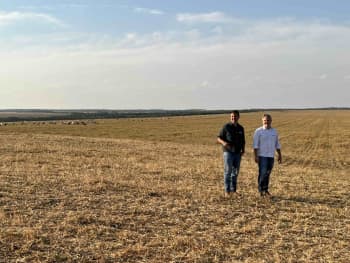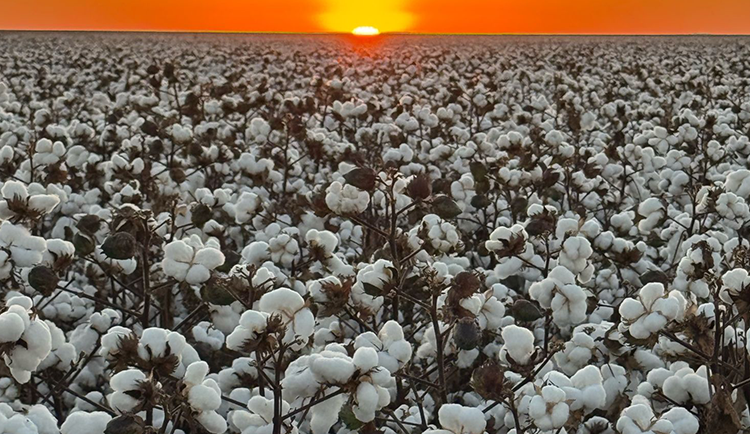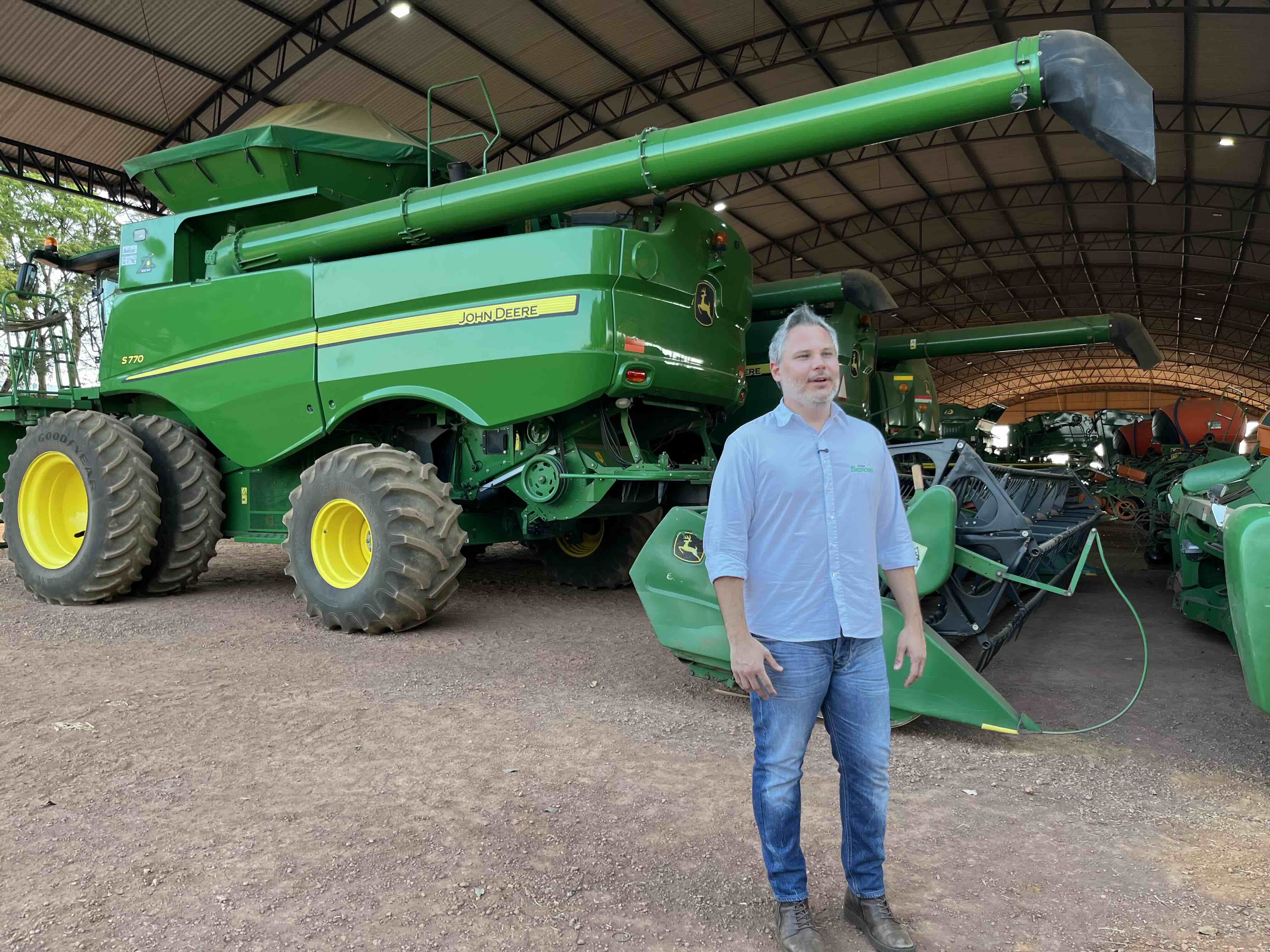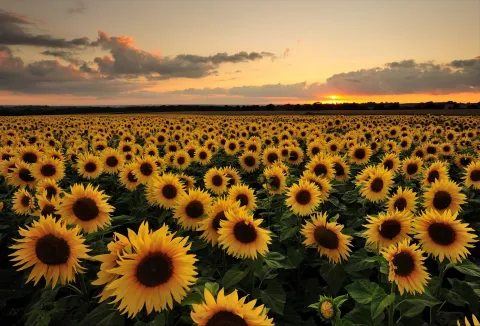The first REVERTE® farmer in Brazil
How REVERTE® is making a dramatic difference on the ground
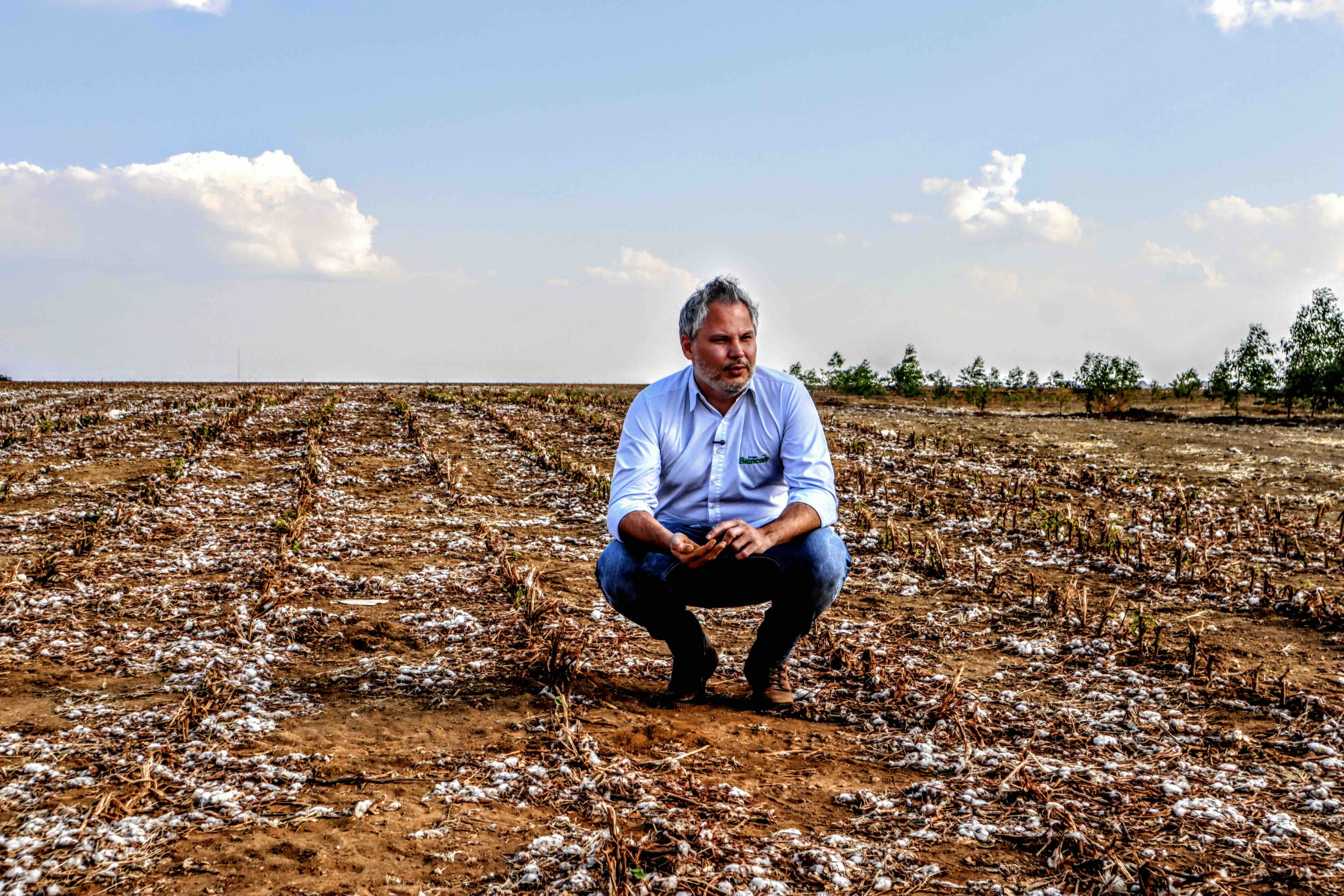
Mato Grosso is Brazil’s agricultural powerhouse.
Here, vast swathes of soy fields stretch to the horizon. In the tropical climate farmers can harvest twice a year, making them some of the most productive in the entire country.
Yet productivity alone isn’t enough. With the constant pressure to increase yields, farmers must make the most of every hectare — and that means bringing degraded pastureland back into production.
The REVERTE® project seeks to help farmers solve this challenge. Four years ago, Igor Biancon was the first farmer in Brazil to join the project. On more than 20,000 hectares of land he farms soy, corn, and cattle, continuing a family tradition that started with his father more than three decades ago.
“When my father moved here, much of Mato Grosso was trees, which farmers would clear with an incentive from the government – but we’ve found that soybeans are a far more viable business for us,” says Biancon.
“As soon as we heard about the project, it was very interesting to us – we already worked closely with the team from Syngenta and the process of accessing the finance was straightforward and happened very quickly,” he continues.
Using support from the REVERTE® project, the Biancon Farm took on the challenge of reviving and restoring 4,000 hectares of land.
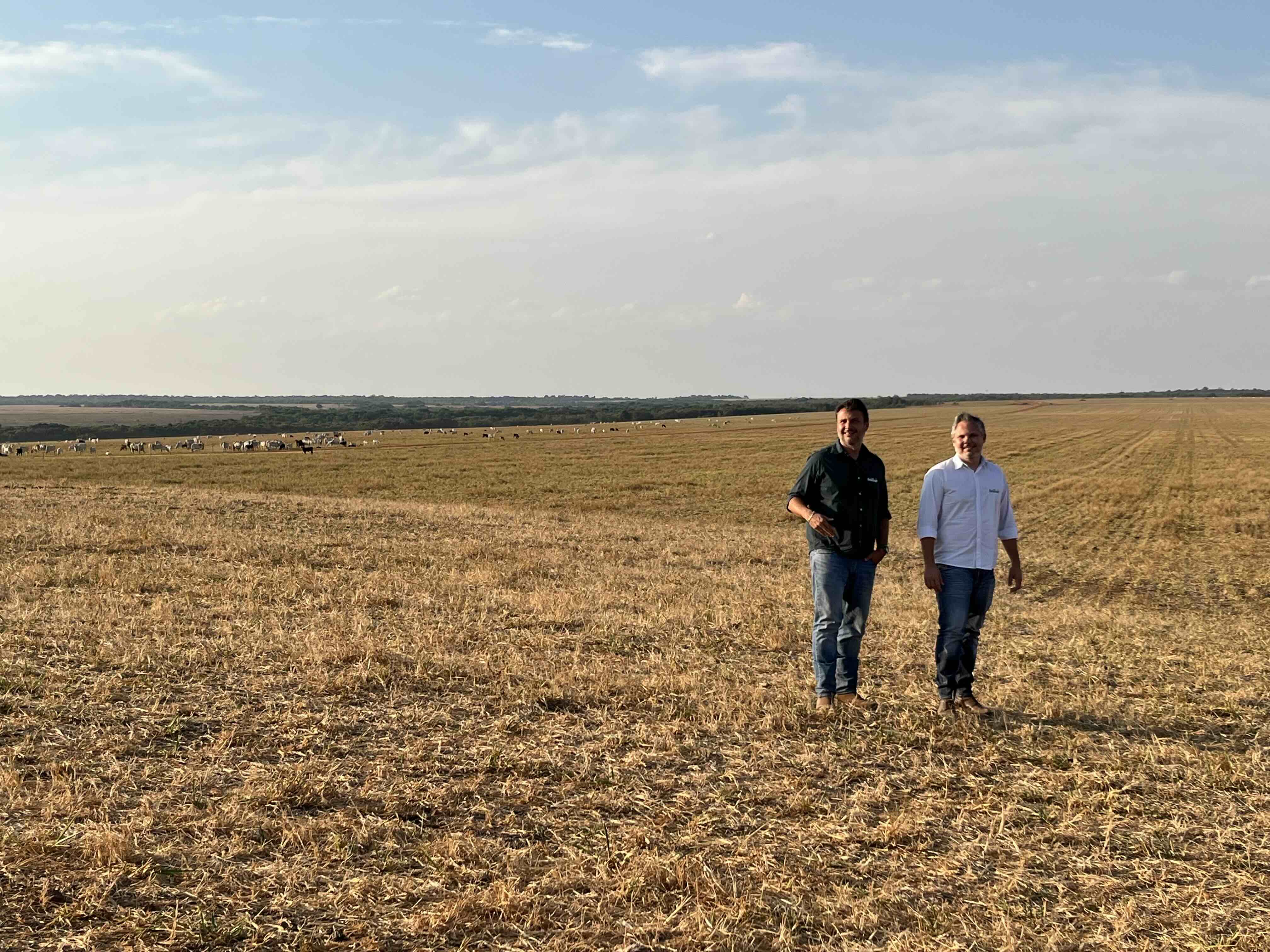
The improvements have been dramatic. In only four years, land that was completely unproductive now supports both soy and cotton crops.
Gabriel Moura, REVERTE® coordinator at Syngenta, says:
“This is a major achievement – cotton typically requires high-quality, nutrient dense soil. To be able to grow cotton on this land in just four years shows the impact REVERTE® can have.”
Cotton typically requires high-quality, nutrient dense soil to grow well.
Cotton typically requires high-quality, nutrient dense soil to grow well.
Crucial to the success of restoring this land has been the adaptation of a mixed cropping system. First, the soil was prepared with large quantities of limestone – like many regions in Brazil, the soil can often be acidic, leaving plants struggling to take up nutrients. Limestone raises the soil pH level and prepares the soil for planting.
From there, the Biancon team planted soybeans to help improve the nitrogen content of the soil and introduced cattle to help add natural fertilizer and greater organic matter to the soil.
Igor Biancon, the first farmer in Brazil to join the REVERTE® project, has seen dramatic results in just four years.
Igor Biancon, the first farmer in Brazil to join the REVERTE® project, has seen dramatic results in just four years.
Much of the farm also makes use of cover cropping by growing Brachiaria. This drought resistant grass has a deep root system which helps bring nutrients from deeper levels of the soil toward the surface.
Additionally, Brachiaria can also be used as a cattle feed, helping the farm operate more sustainably and save money.
These principles of regenerative agriculture - cover cropping, integrating cattle and preserving native vegetation - are all key to the success of the project. Biancon says: “We’ve had no rain for 120 days, but the fields are still green. You can see the results of the project in front of you.”
Surveying his fields, Biancon adds: “We’re very happy with the progress we’ve made so far. It’s not about a quick fix but consistently improving the land to hand it on to the next generation in even better shape.”

This year, Syngenta is celebrating its 25th anniversary. We are proud of our continuous innovation and contribution to the food system over the past quarter century. Check out more of our stories about innovation.
This year, Syngenta is celebrating its 25th anniversary. We are proud of our continuous innovation and contribution to the food system over the past quarter century. Check out more of our stories about innovation.

